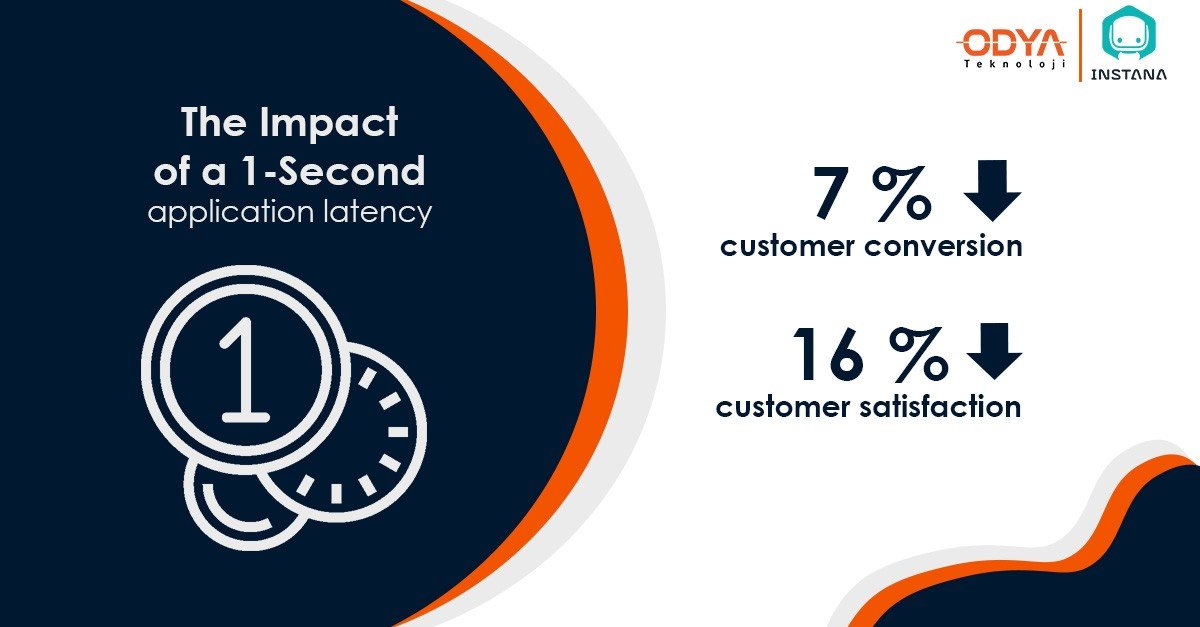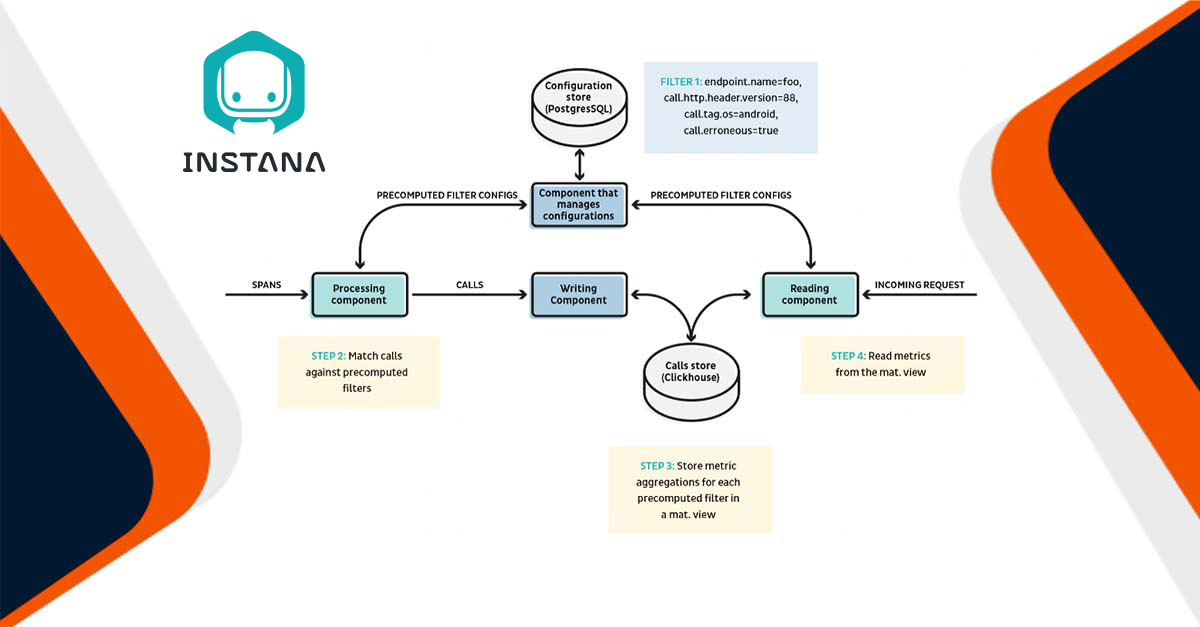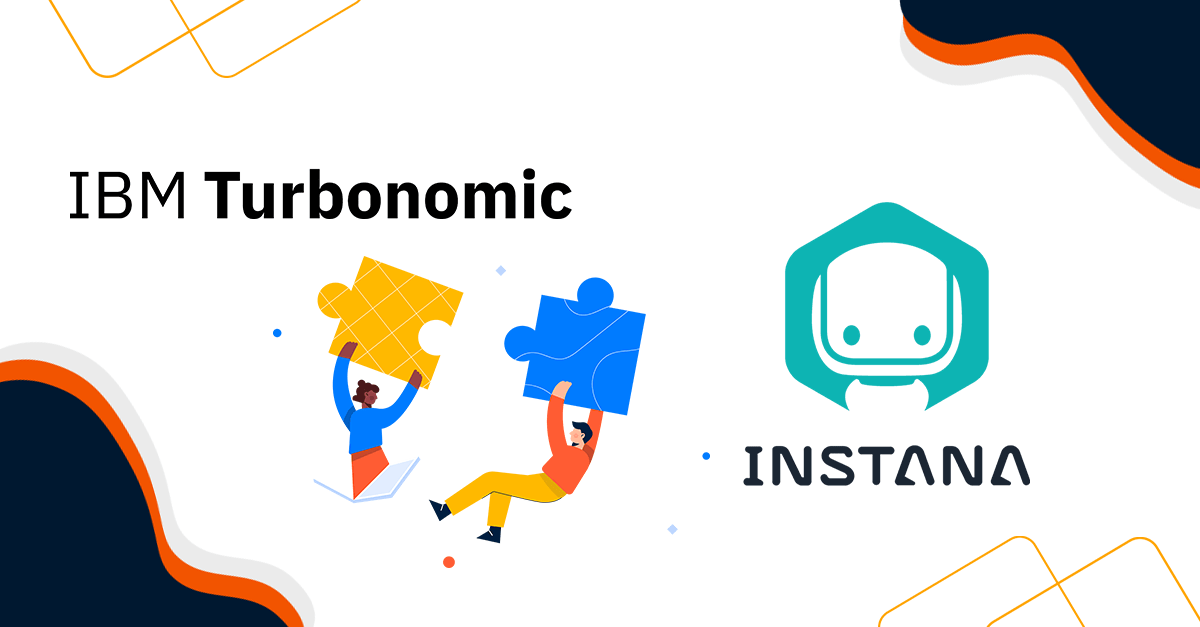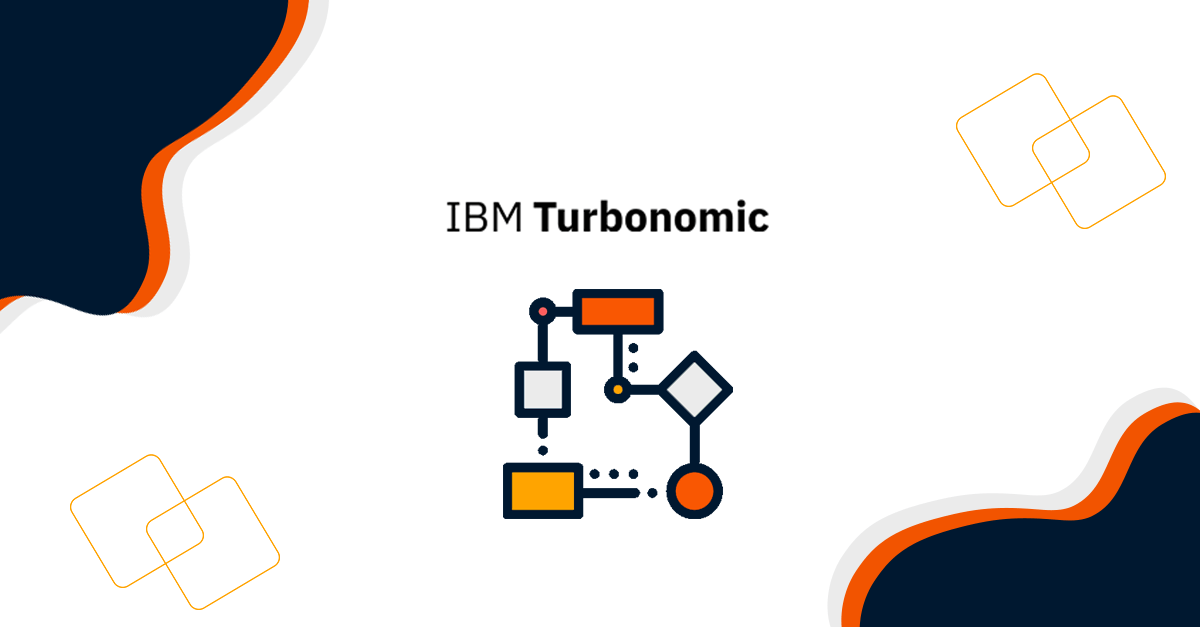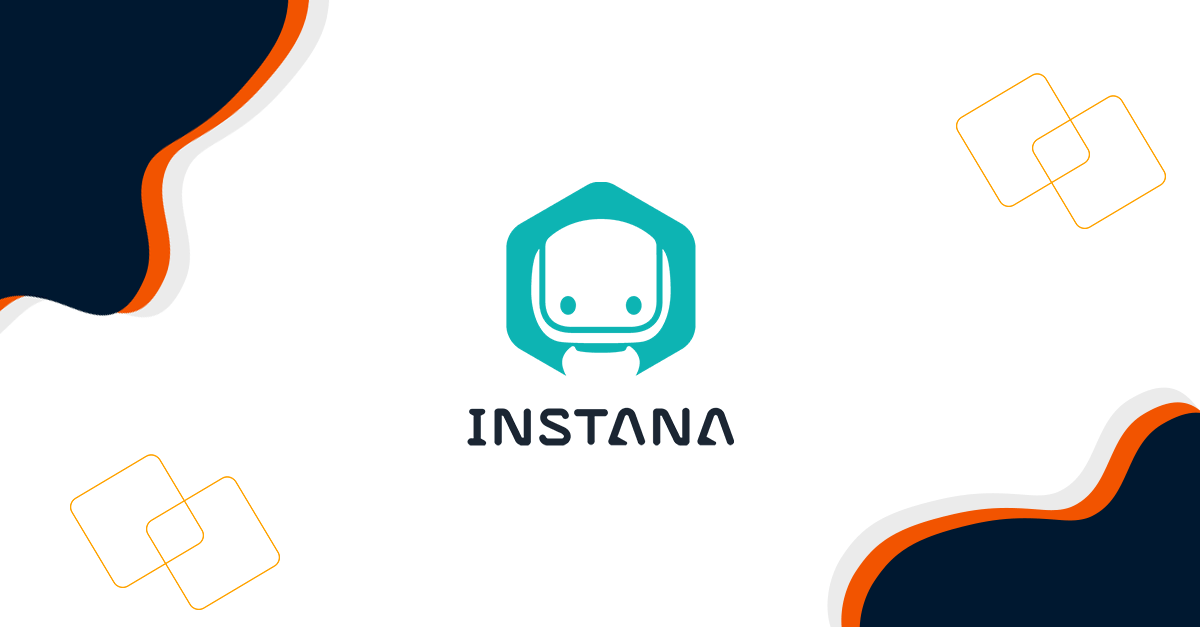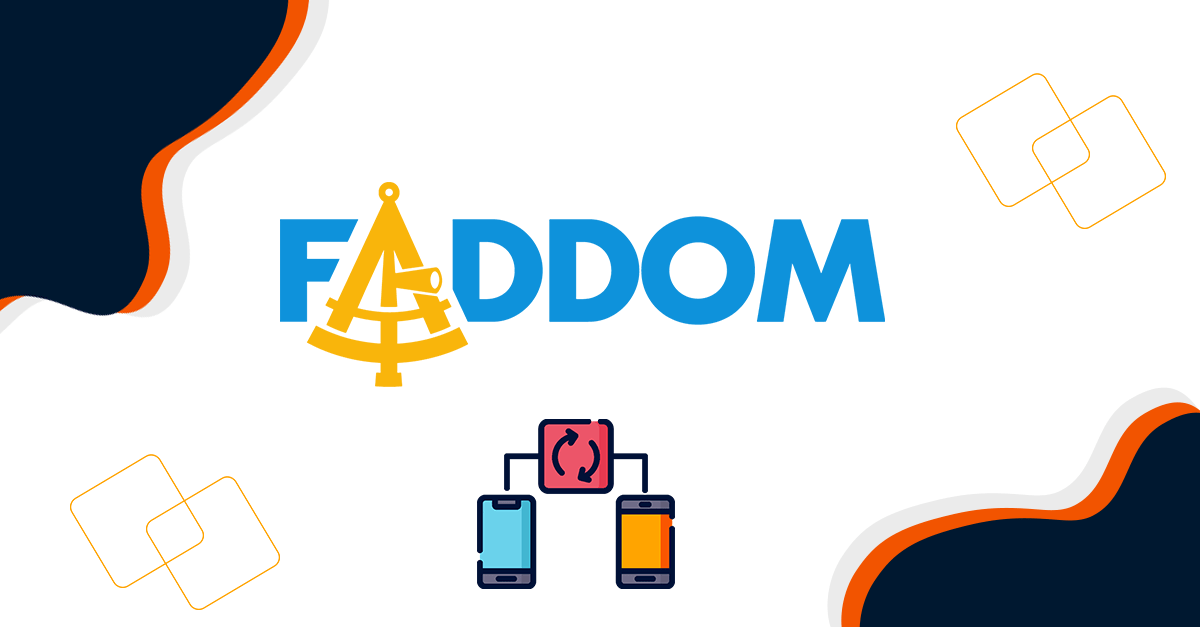Analyze issues and what is affected through your infrastructure or applications data!
Providing the transparency of a multi-layered environment and achieving rapid root cause analysis only with an overall holistic infrastructure view
Discovers and collects information needed for solution so you can find out why issues occur
Being observable means enabling a system to be understood and measured in a complex micro service architecture
Provides advanced root cause and anomaly detection by automatically correlating data




